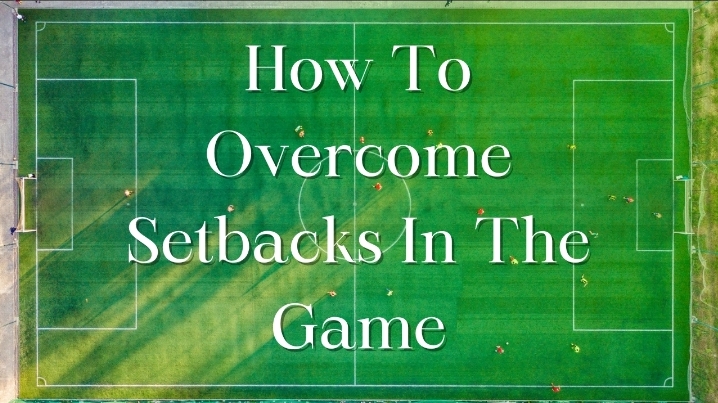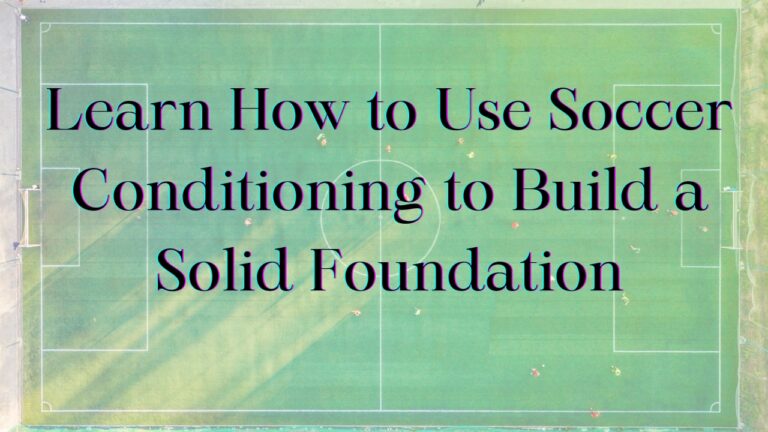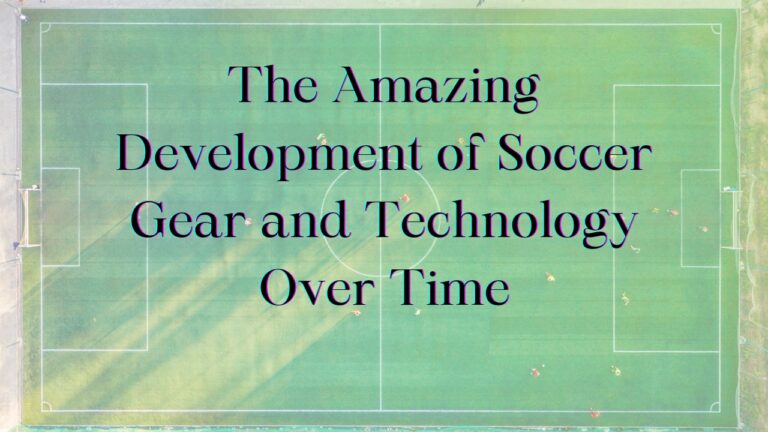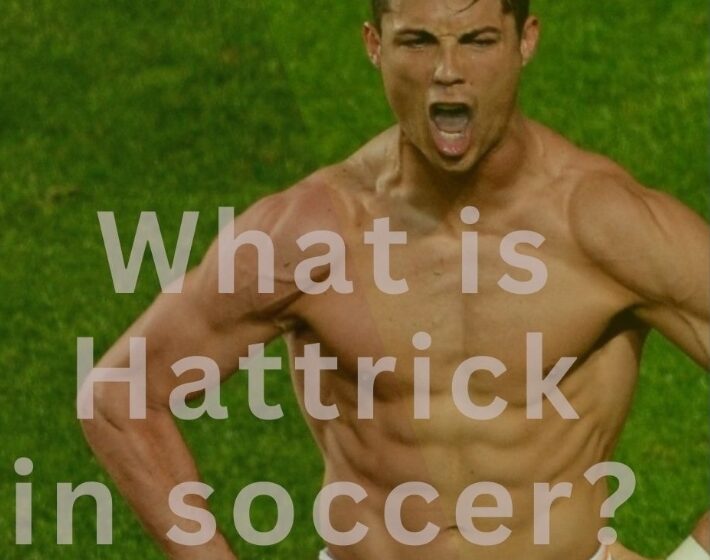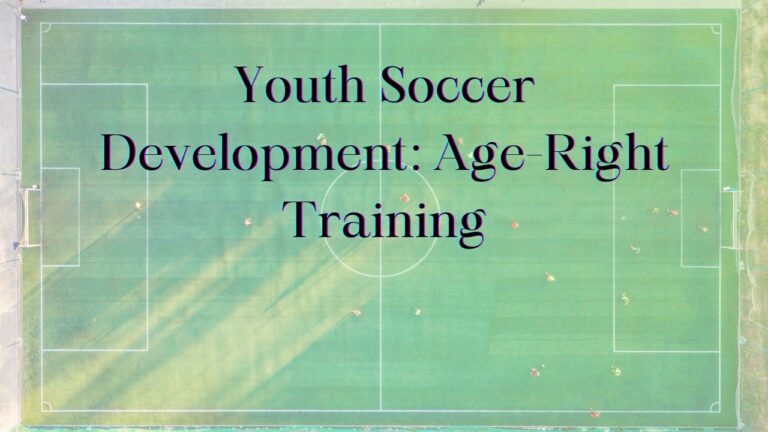Whether you’re a youth coach preparing for the upcoming season or a player looking to improve your skills, having a solid understanding of soccer positions and roles is essential. Knowing what is expected of each position on the field allows you to optimize training and get the most out of your team. This comprehensive guide will provide an in-depth look at the key soccer positions, their responsibilities, and how to train players based on their roles effectively.
Overview of Common Soccer Formations and Positions
Most soccer teams utilize either a 4-4-2, 4-3-3, or 3-5-2 formation. The 4-4-2 includes 4 defenders, 4 midfielders, and 2 forwards. The 4-3-3 has 4 defenders, 3 midfielders, and 3 forwards. And the 3-5-2 uses 3 defenders, 5 midfielders, and 2 forwards. Each formation has specific positions with designated duties on the field.
The main positions are:
- Goalkeeper – 1 player
- Defenders – Usually 4 players
- Midfielders – Between 3 to 5 players
- Forwards – Between 2 to 3 players
Understanding how many players fill each role allows you to structure training appropriately. Let’s look closer at each position on the field.
Goalkeeper Training and Skills
The goalkeeper is the only player allowed to use their hands, but only within their penalty area. Their primary role is to prevent goals by stopping shots.
Important goalkeeper skills include:
- Shot-stopping – Using hands and body to save shots on goal. Requires agility, reflexes, and courage.
- Distribution – Accurately throwing or kicking the ball to teammates to restart play. Requires technique and decision-making.
- Commanding the penalty area – Controlling the space during crosses and set pieces. Requires confidence, positioning, and communication.
Dedicated goalkeeper training is essential to build these specialized skills. Drills to practice include shot-stopping, diving, footwork, ball handling, distribution, breakaways, and crosses. Goalies must also train in decision-making through simulated match scenarios.
Defender Training and Skills
Defenders focus on preventing goals by stopping attacking players. Common defender positions include:
- Center Back – Patrol center of defense, tasked with marking opposing forwards.
- Sweeper – Provides the last line of defense in front of the goalkeeper. Covers the full width of the field.
- Full Back – Right and left defenders that handle wings, and mark opposing wingers.
- Wingback – More attacking fullbacks that support midfield and offense.
Defensive skills to emphasize in training:
- Tackling – Taking the ball cleanly from the opponent using a controlled technique.
- Marking – Tracking and staying on the goal side of attacking players. Requires concentration, agility, and speed.
- Heading – Clearing high balls and defending crosses using the proper heading technique.
- Positioning – Maintaining proper defensive shape and covering for teammates.
Drills to improve defending include shadowing, tackling technique, clearing crosses, tracking runs, and maintaining defensive lines in simulated game situations.
Midfielder Training and Skills
Midfielders fill the space between defenders and forwards. They play a mix of defending and attacking roles. Common midfielder positions are:
- Central Midfield – Center of the team, tasked with controlling match tempo. Requires all-around skills.
- Defensive Midfield – Sit deep and protect defenders. Must tackle well and distribute the ball to starters.
- Attacking Midfield – Offensive creator that links play between midfield and forwards. Excellent passing and vision.
- Wide Midfield – Occupy flanks, tasked with stretching play, and crossing. Require pace and dribbling skills.
Key midfielder skills to practice:
- Passing – Short, long, simple, switching. Ability to keep and move the ball.
- Vision – Scanning the field and decisiveness on the ball. Seeing passes and openings.
- Tackling – Dispossessing opponents using proper technique to regain possession.
- Shooting – Scoring goals or threatening from a distance. Accuracy, power, placement.
Useful midfielder drills include passing patterns, possession, combination play, shooting after the pass, and transitional scenarios working both offense and defense.
Forward Training and Skills
Forwards are positioned to score goals and create attacking opportunities. Types of forwards are:
- Center Forward – Main striker and goal scorer. Advanced positioning and finishing ability.
- Second Striker – Supporting forward who links with midfield. Combination of play and vision.
- Winger – Pacey wide forward that looks to deliver crosses. Develop 1v1 skills and crossing.
Key skills for forwards:
- Finishing – Composure and technique shooting on goal with power and accuracy.
- Movement – Timed runs and finding space. Creating passing lanes and gaps.
- Pace – Acceleration to get behind the defense. Requires agility and quickness.
Forward training should focus on finishing, 1v1s, attacking combinations, crossing and wing play, and making runs off the ball. Match scenarios are also beneficial.
Training Drills by Position
To optimize training, coaches/parents should tailor drills to the specific needs of each position:
- Goalkeepers: Breakaways, traffic cones for footwork, angle play, distributing under pressure, ball handling drills, diving, and simulated scenarios.
- Defenders: Shadowing, tracking runs, clearing crosses, positioning games, passing out from the back, defensive headers, tackling technique, and defending set pieces.
- Midfielders: Passing patterns, possession drills, combination play, transitional scenarios, shooting after the pass, defensive positioning, and tackling technique.
- Forwards: Finishing drills, 1v1 attacking, crossing, heading, attacking runs, combination play, first touch, and attacking scenarios.
Be creative and use drill variations to keep players engaged. Apply techniques in game situations and scrimmages.
Developing Awareness of Roles on the Pitch
In addition to technical skills, players must understand positional tactics and roles within their team’s system. Teach and reinforce:
- Zones/responsibilities – Each role covers certain zones and marks specific opposing players.
- Shape – Maintaining proper team shape in attack and defense. Discipline to hold positions.
- Covering – Backing up teammates and providing defensive balance.
- Overlapping Runs – Fullbacks pushing forward, interchange of positions.
Use whiteboard sessions, videos, and feedback during game scenarios to develop awareness. Players recognize spaces, danger, and opportunities.
Tips for Coaching Different Positions
Tailor your coaching approach to each position:
- Goalkeepers – Individual intensified training. Explain the decision-making process. Focus on footwork, handling, and controlling the box.
- Defenders – Teach shape, concentration, and positioning. Drill defending 1v1, crosses, and marking. Demand focus and communication.
- Midfielders – Develop vision, awareness, and technique. Encourage creativity, intelligence, and two-way play.
- Forwards – Improve pace, runs, and ruthlessness in finishing. Work on attacking combinations and movements.
Cater to individuals’ strengths within their position and team roles. Review the video and provide feedback.
Importance of Understanding Positions and Roles
There are many benefits to players thoroughly understanding soccer positions and roles:
- Optimizes development – Training tailored to the needs of the position. Individual strengths and weaknesses are addressed.
- Provides tactical clarity – Cleaner execution of systems and formations. Discipline to position responsibilities.
- Enhances discipline – Players stick to roles and zones. Less freelancing. Maintain team shape.
- Allows rotations – Comfort in multiple positions enables tactical flexibility. Intelligent rotations.
- Improves awareness – Players recognize spaces, opportunities, and danger. Make smart adjustments.
- Sets expectations – No confusion regarding duties. Accountability to fulfill the role.
Taking the time to teach positions instills structure, organization, and tactical intelligence in your team. Players perform better when they understand their purpose.
Conclusion
This guide provides a blueprint on the key soccer positions, their duties, and how to structure training based on those roles. Goalkeepers, defenders, midfielders, and forwards have specialized skills that require tailored drills and coaching. Developing awareness of zones, shapes, and responsibilities is also crucial. With a thorough understanding of positions and roles, you can get the most out of your players and optimize performance.
Read More: Goalkeeper Techniques and Positioning for Success in Soccer
Author


